Search the Special Collections and Archives Portal
Search Results
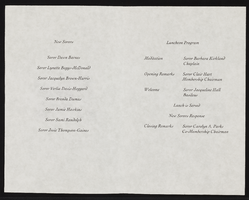
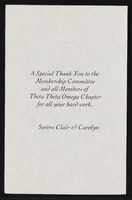
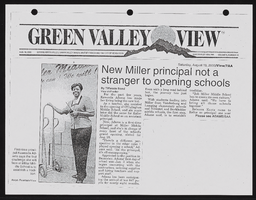
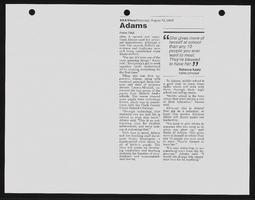
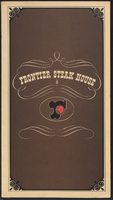
Frontier Steak House, dinner menu
Date
Archival Collection
Description
Text
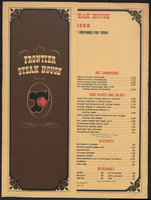
Frontier Steak House, luncheon menu
Date
Archival Collection
Description
Text
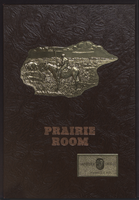
Prairie Room, menu
Date
Archival Collection
Description
Text
University of Nevada, Las Vegas Collection of Transcripts and Journal Articles about Gambling
Identifier
Abstract
Collection contains transcripts from various American television news programs and journal articles about gambling from 1987 to 1992. The topics are broad and include various forms of gambling, problem gambling, and gaming venues.
Archival Collection
Multicolor Films, Inc. records, 1926 to 1935
Level of Description
Scope and Contents
The Multicolor Films, Inc. records (1926-1935) consists of administrative, advertising and publicity, financial, and legal records, as well as blueprints, specifications, and correspondence. Materials include black-and-white photographic prints and negatives, newspaper and magazine clippings, and financial reports detailing Howard Hughes' attempts at developing color prints for his films.
Archival Collection
Collection Name: Howard Hughes Film Production Records
Box/Folder: N/A
Archival Component
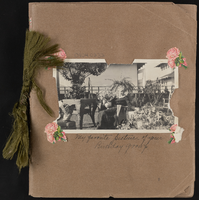
Helen J. Stewart birthday scrapbook
Date
Archival Collection
Description
Helen J. Stewart birthday scrapbook
Mixed Content
